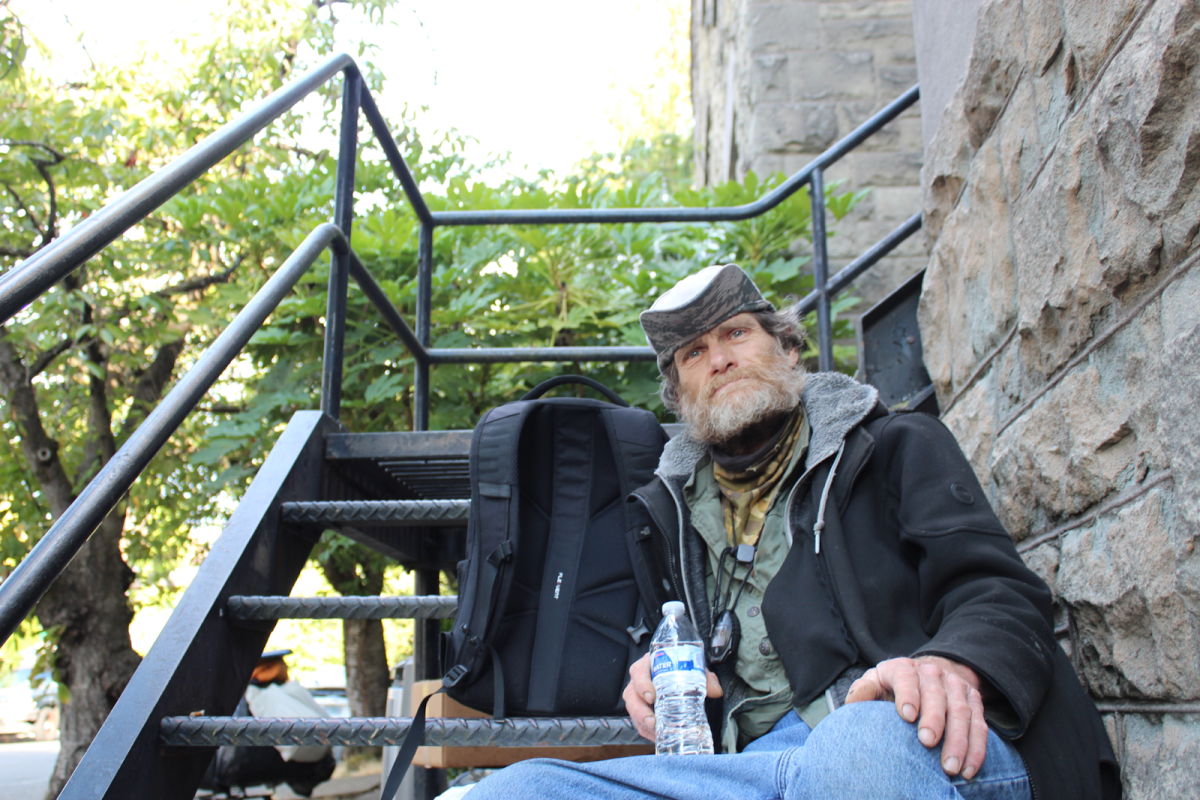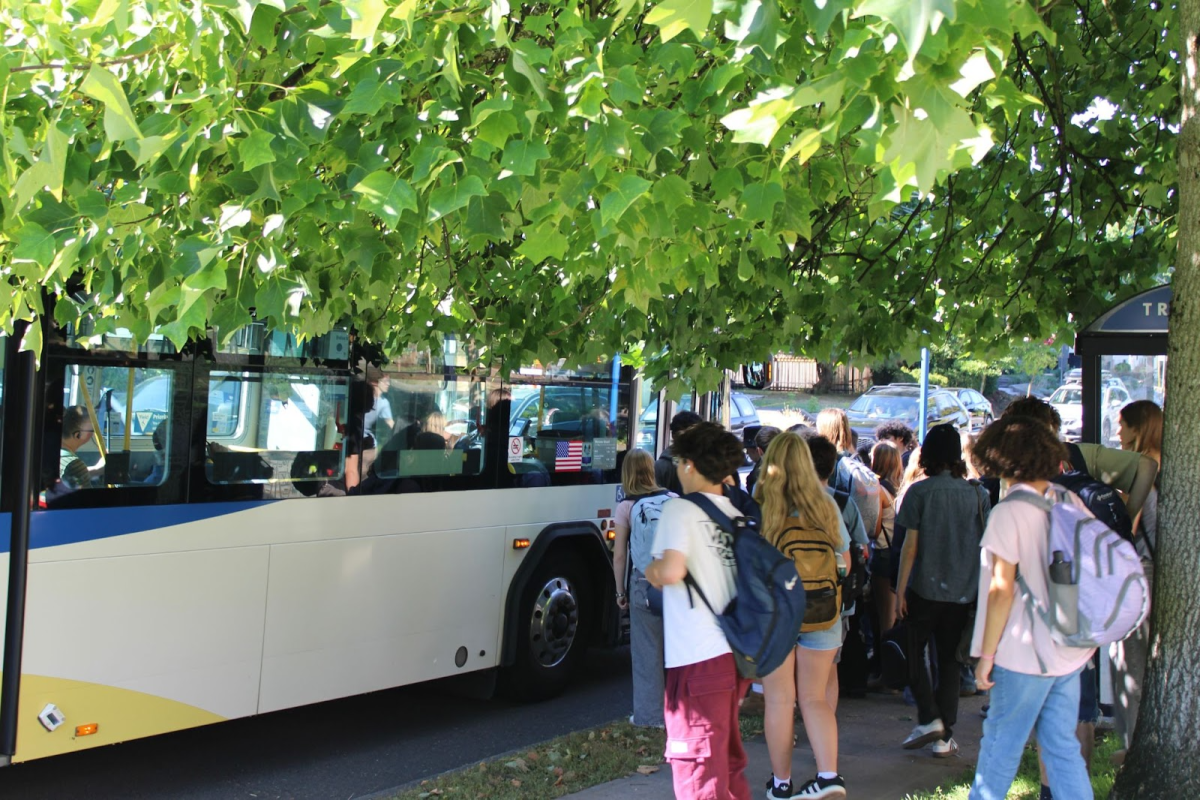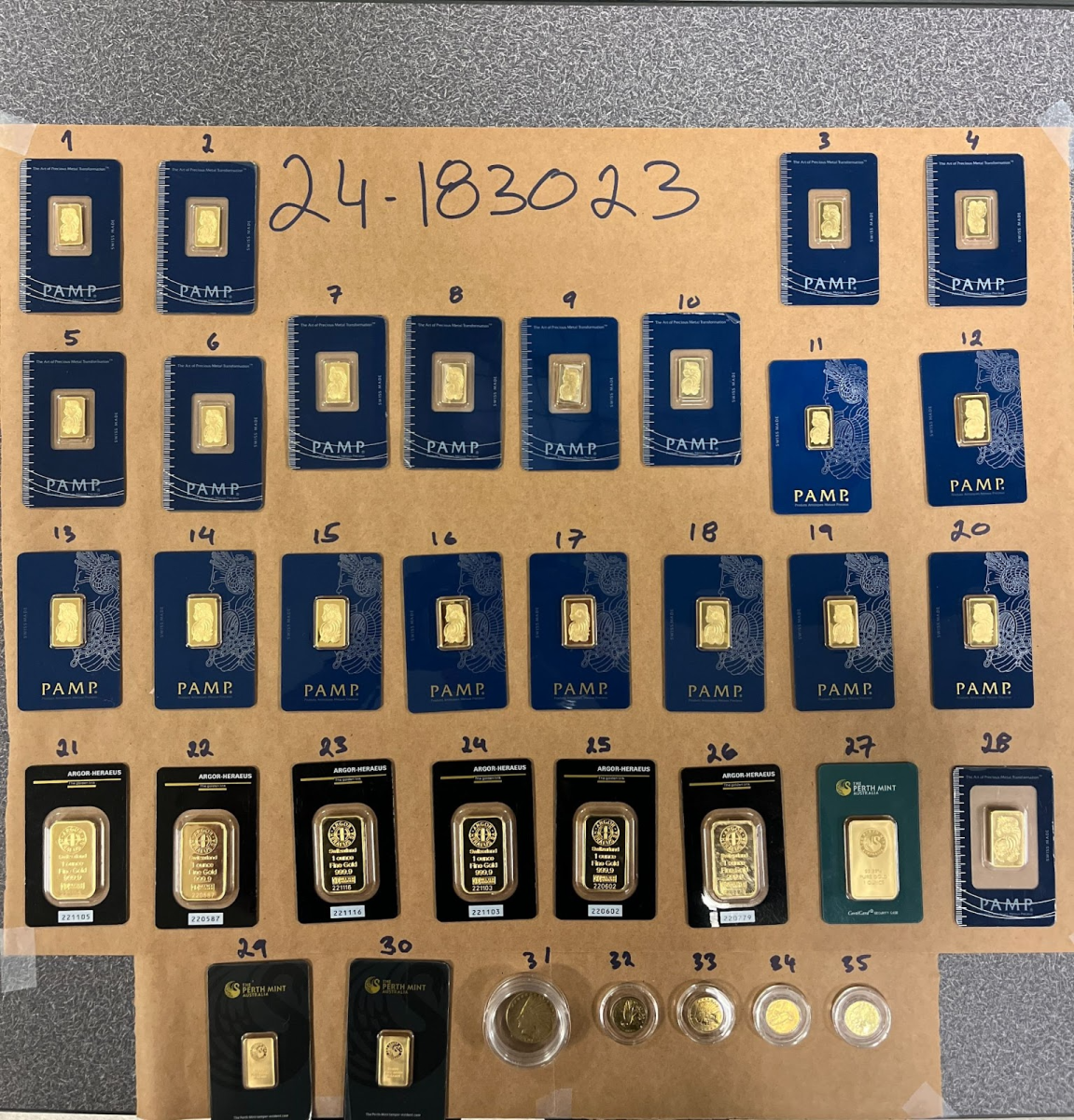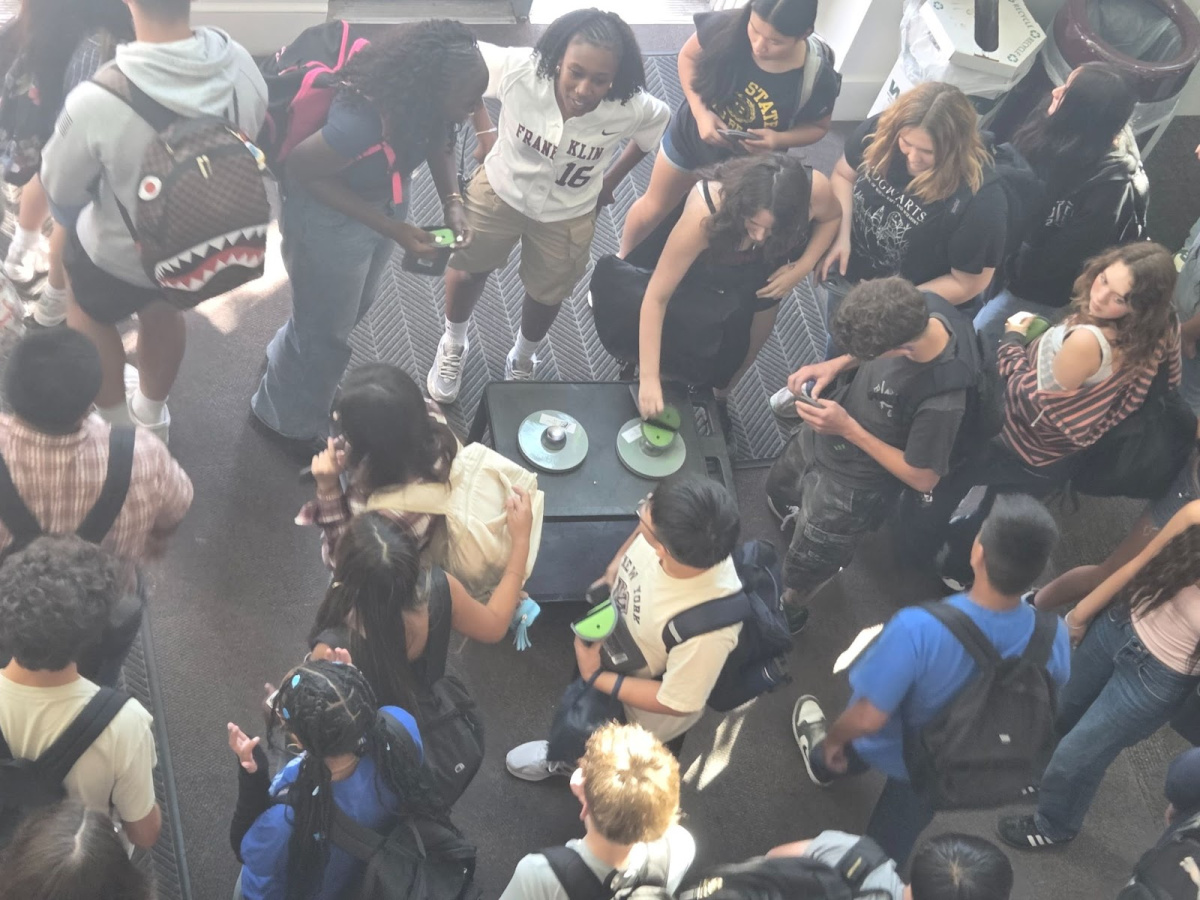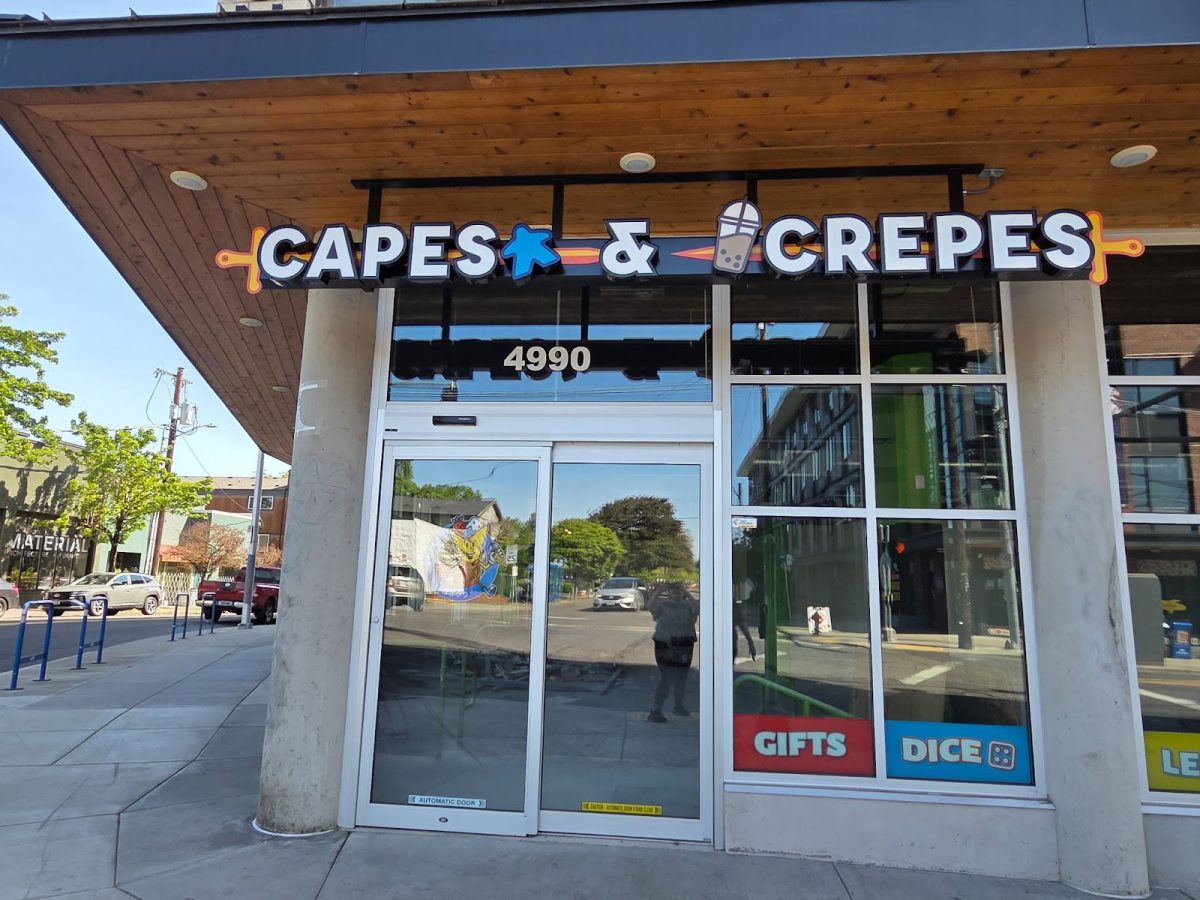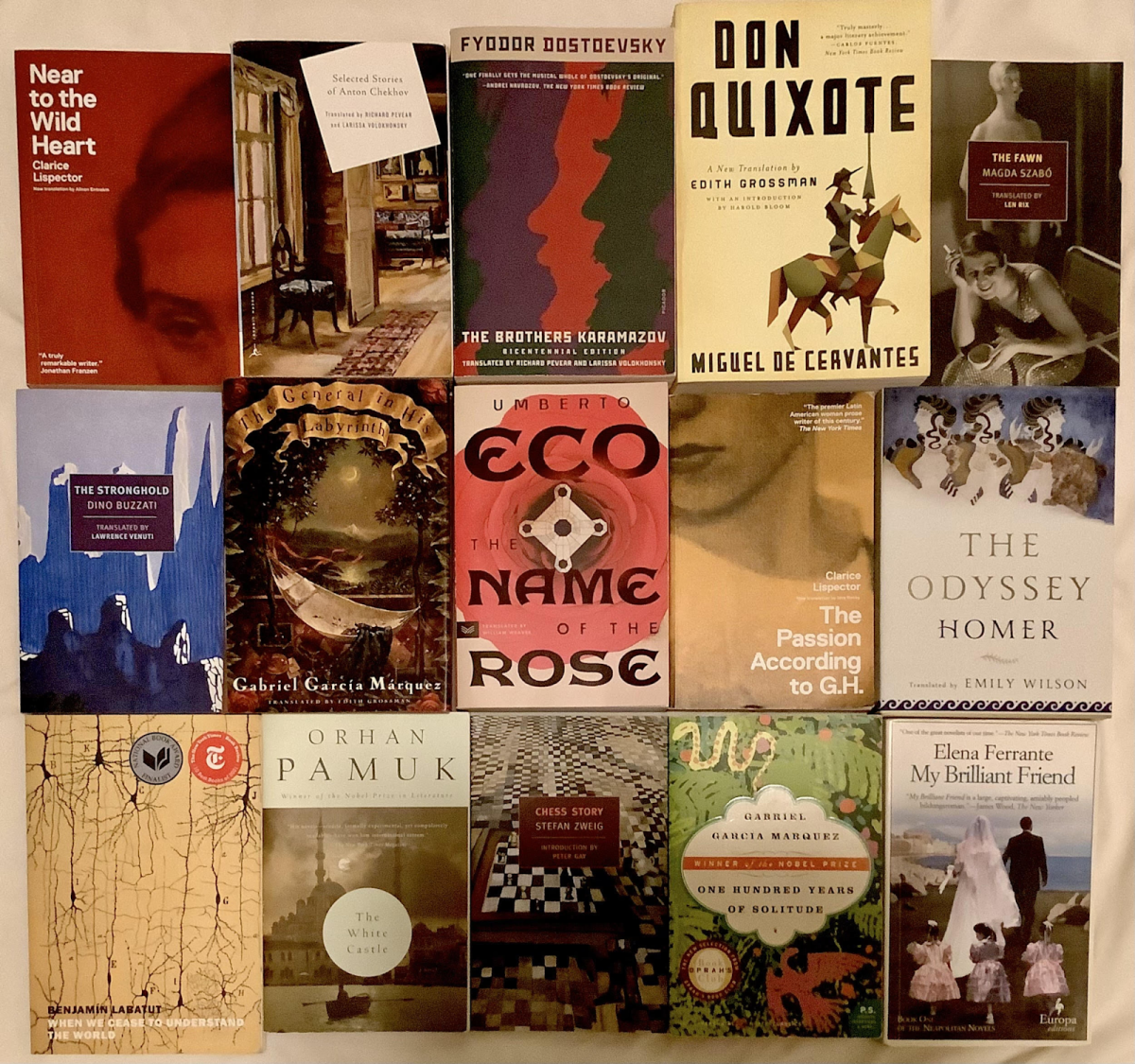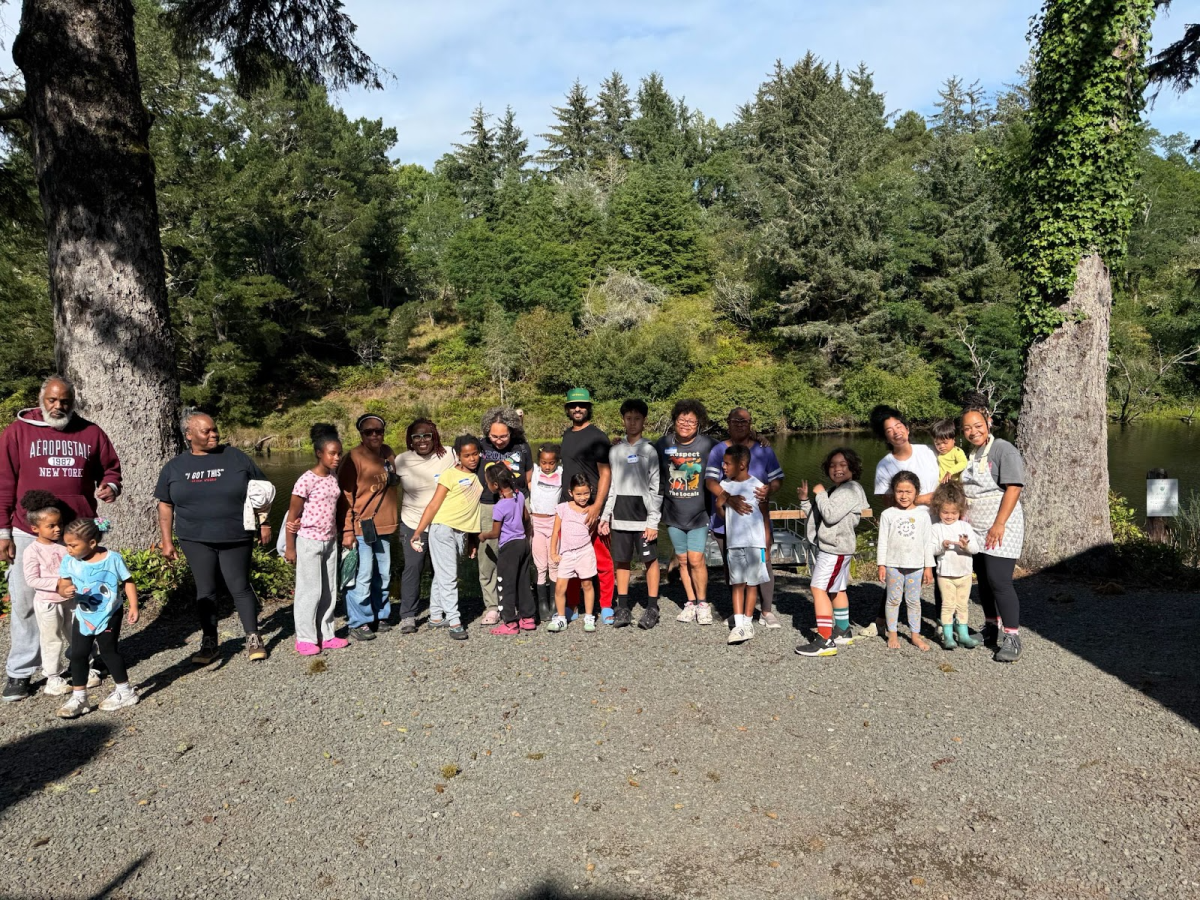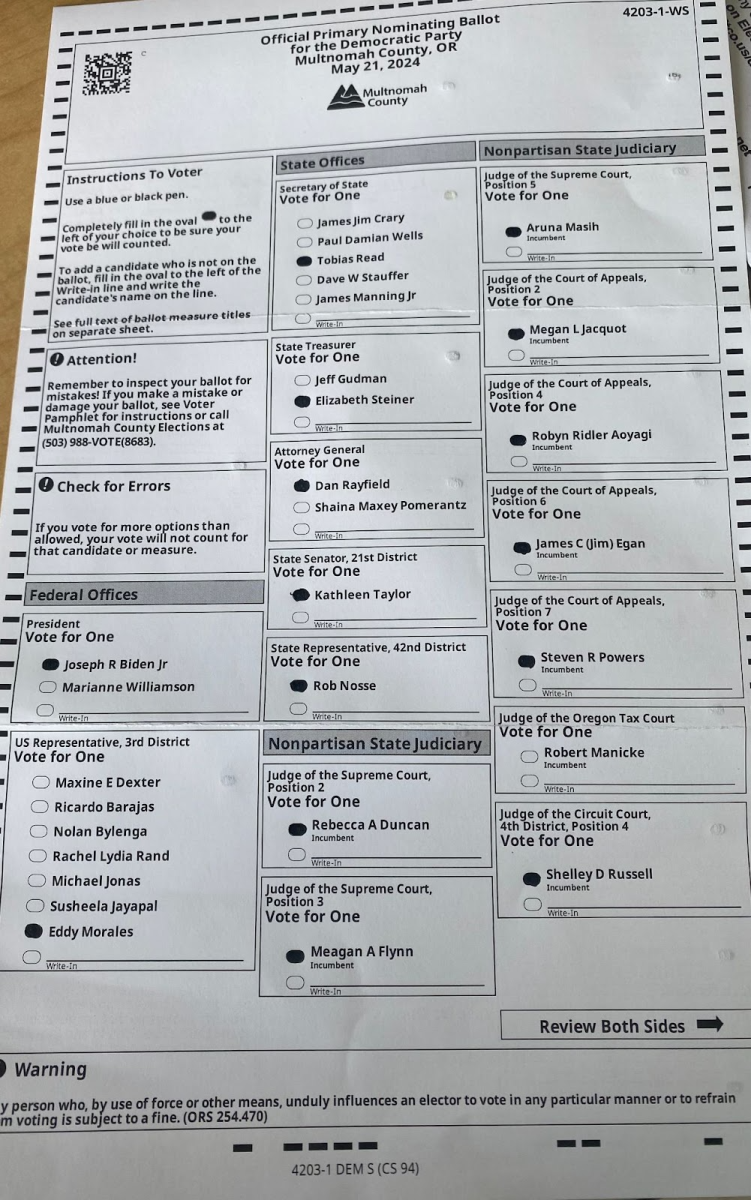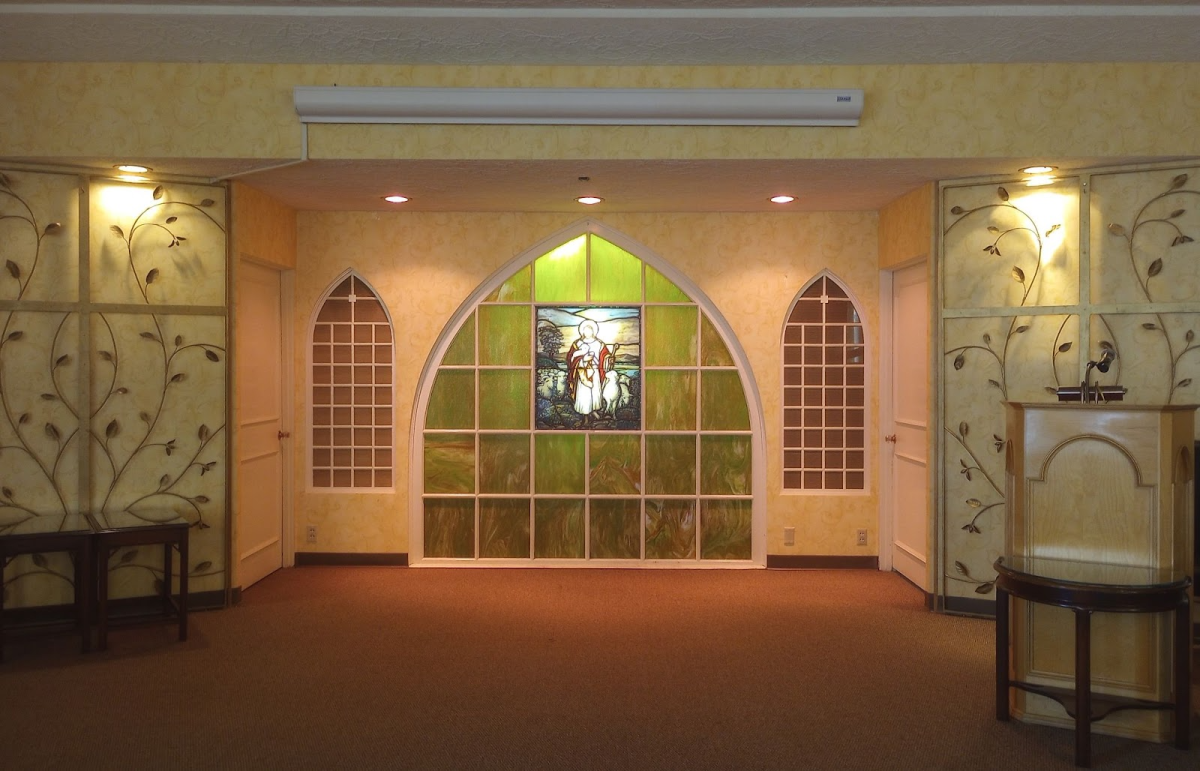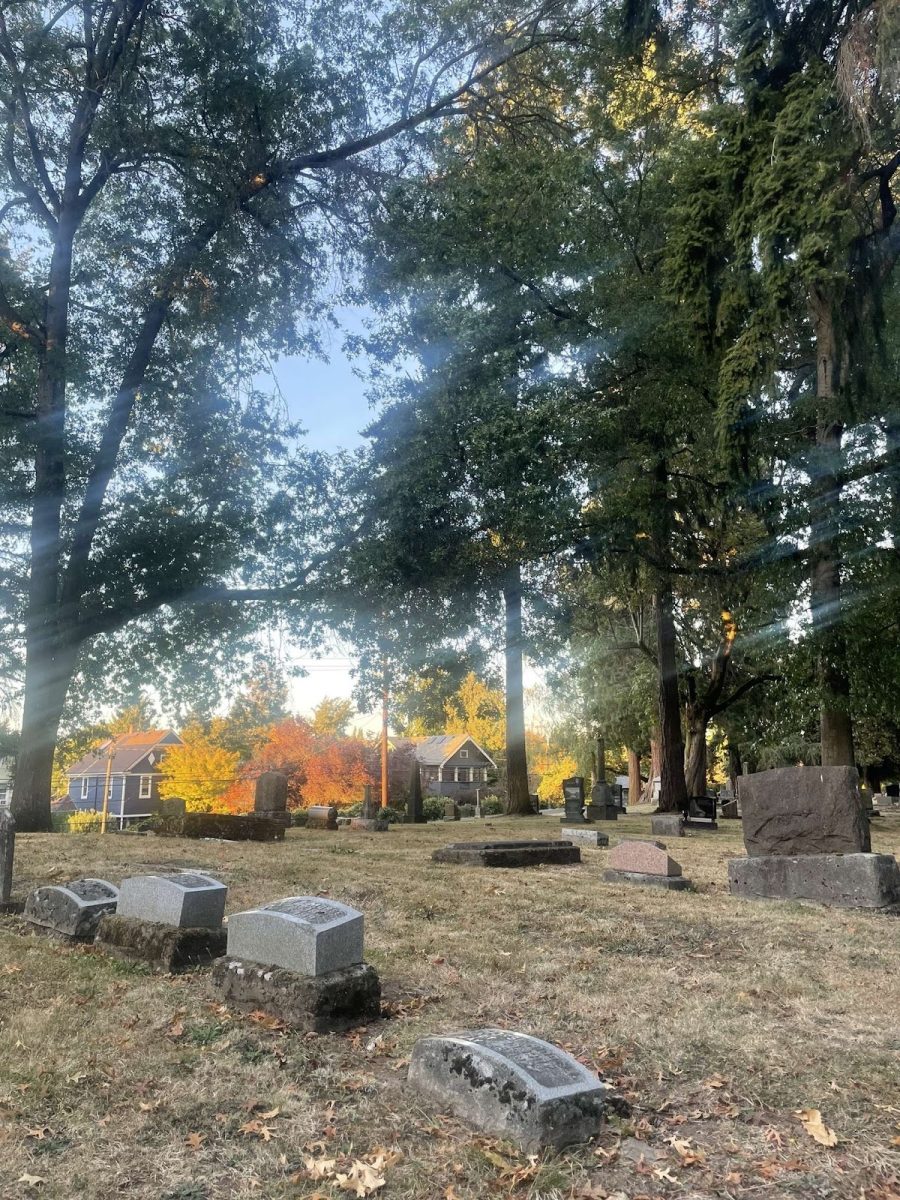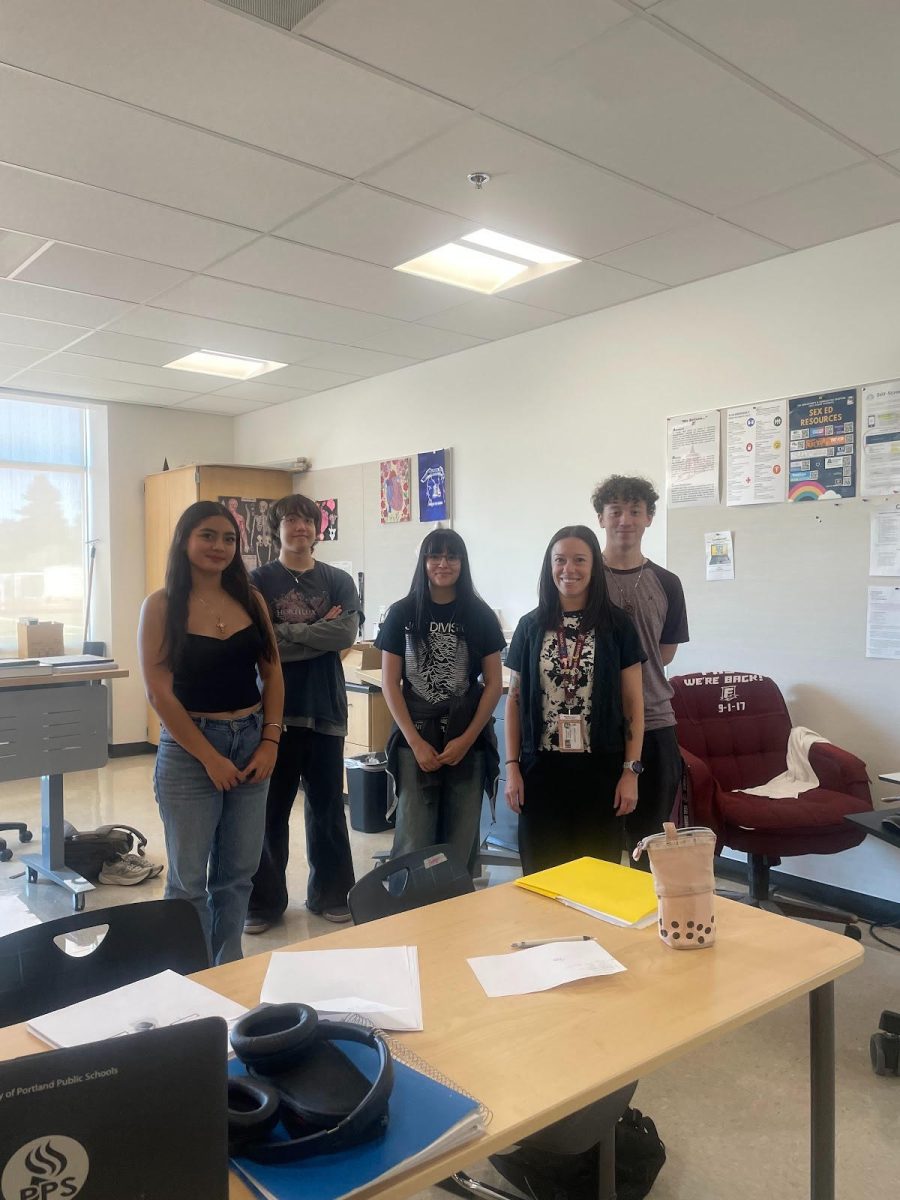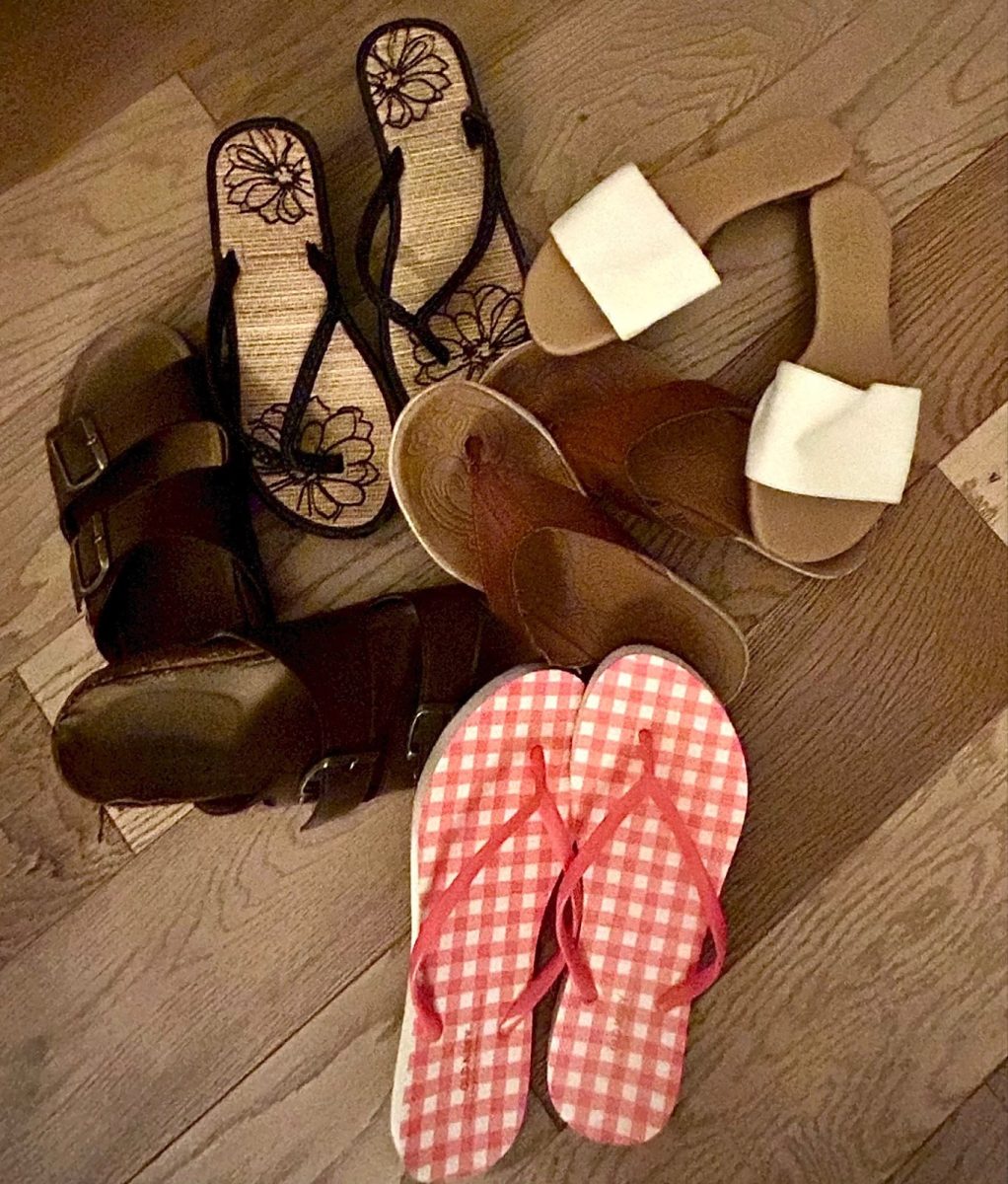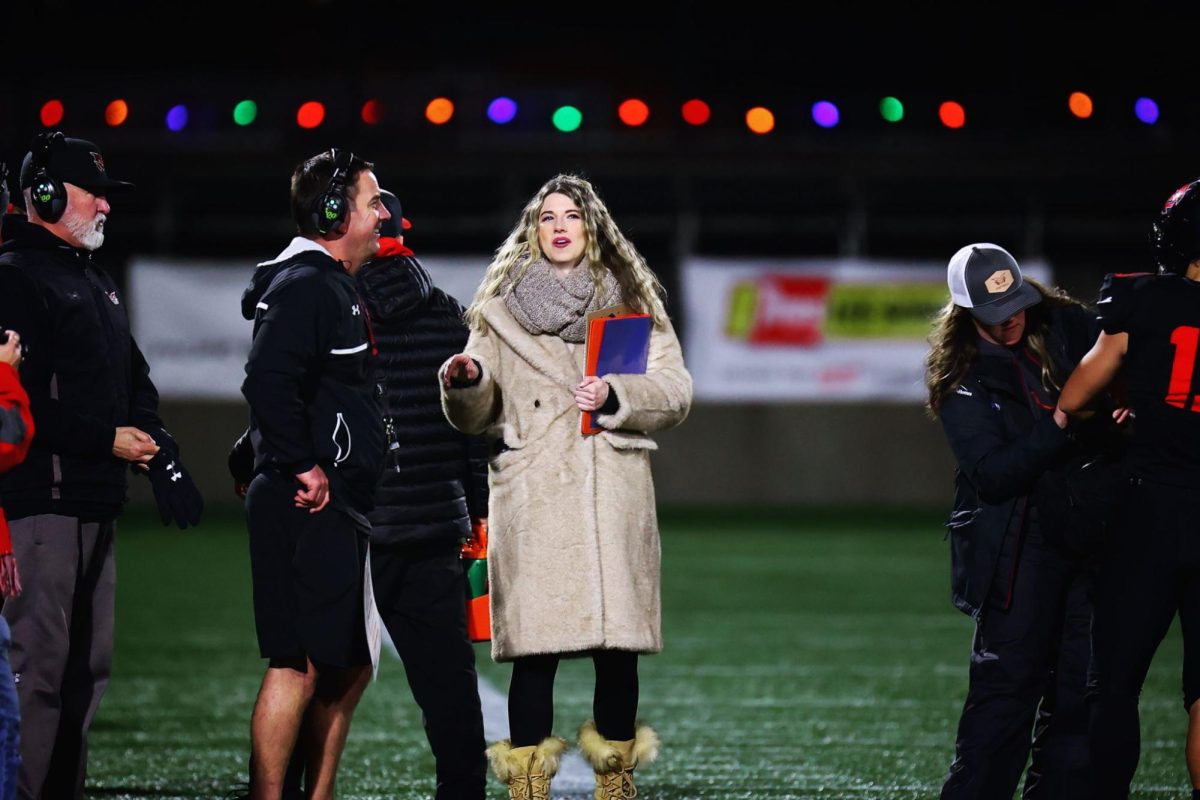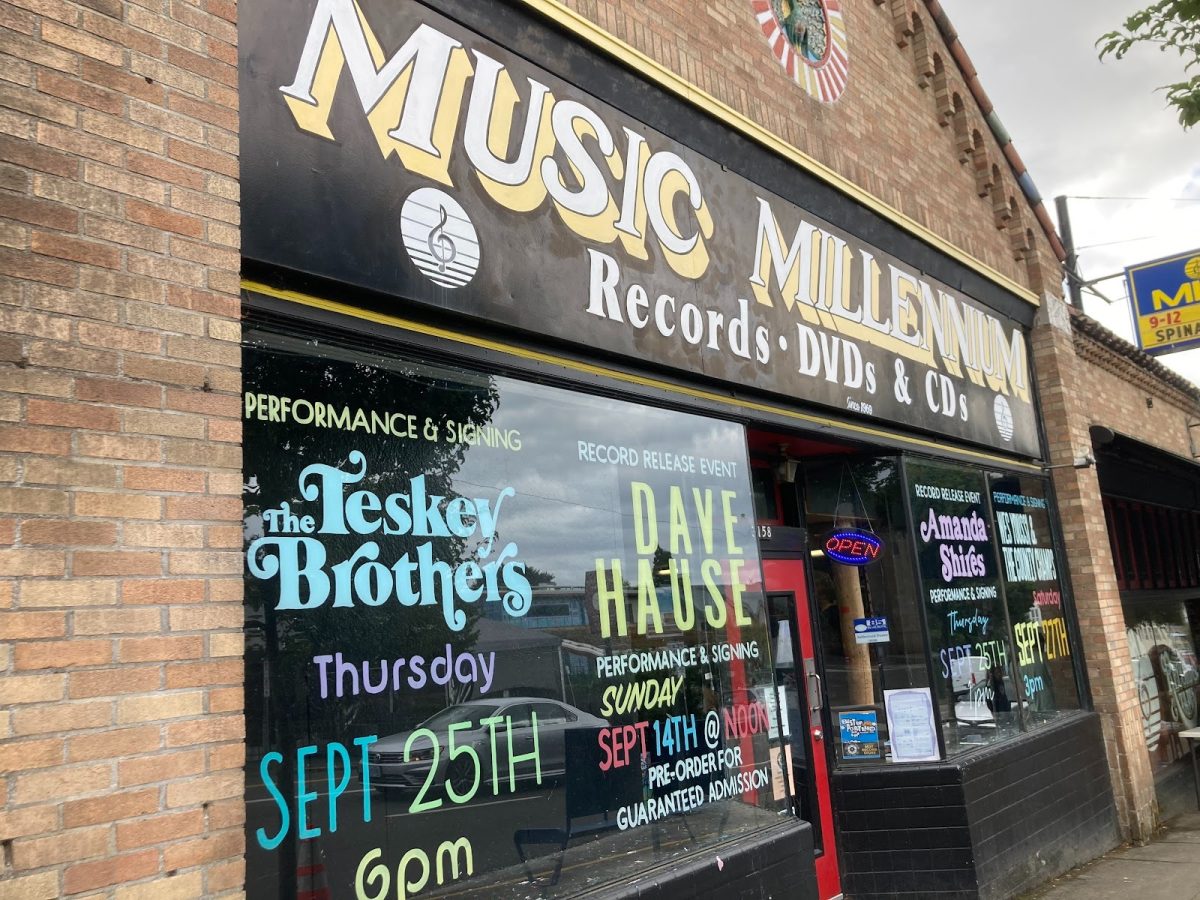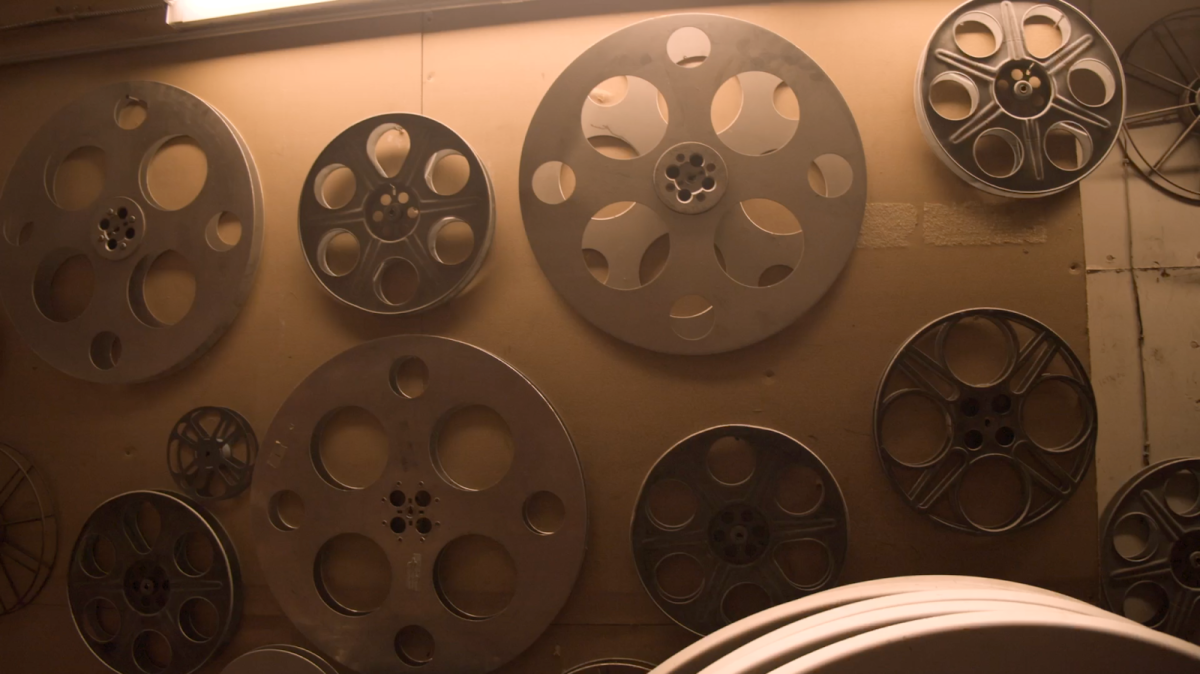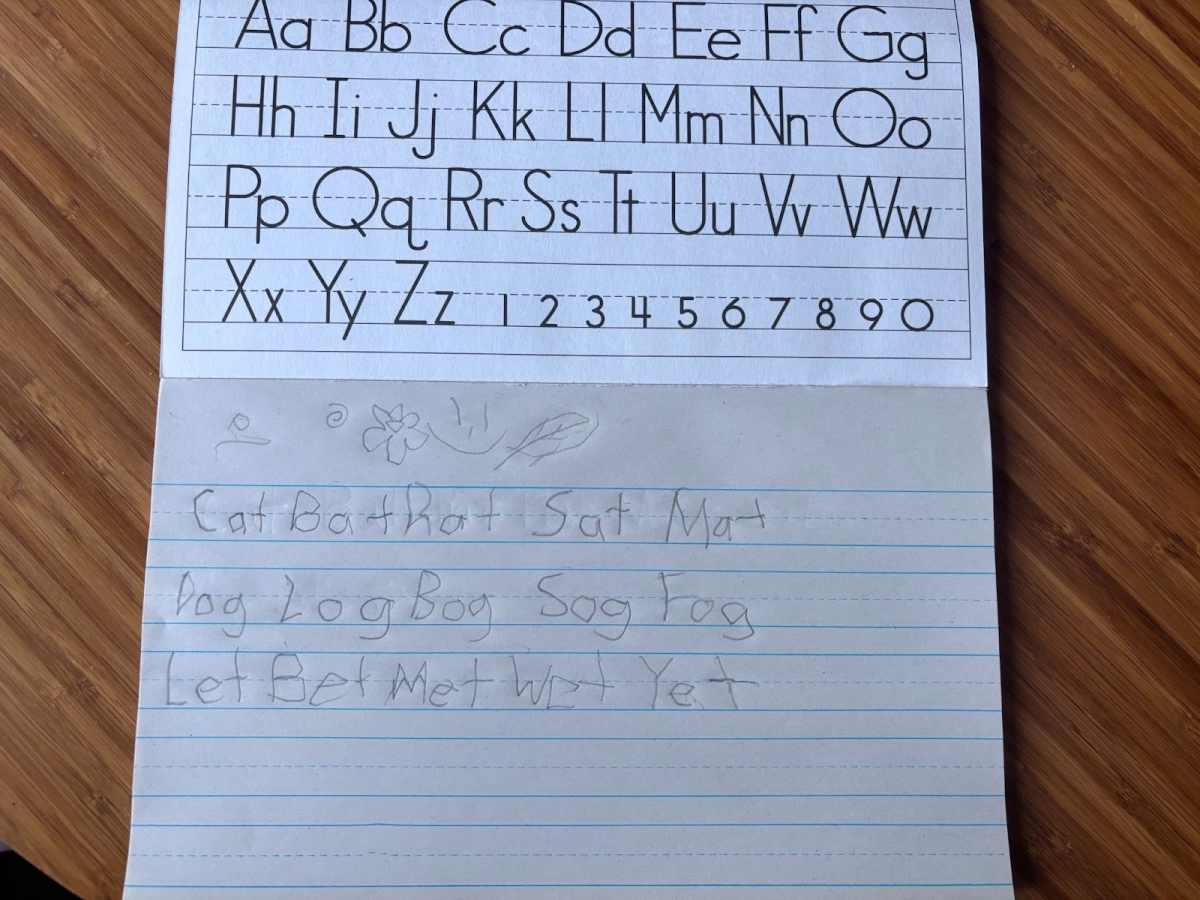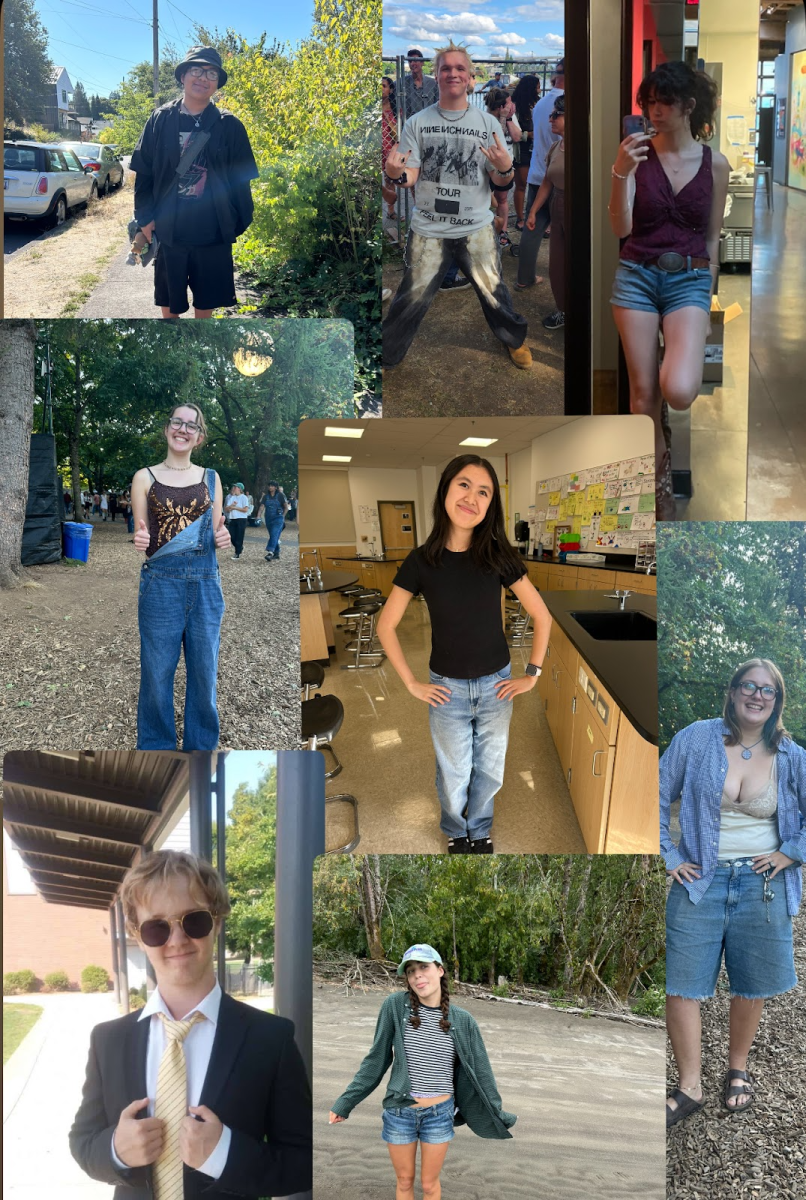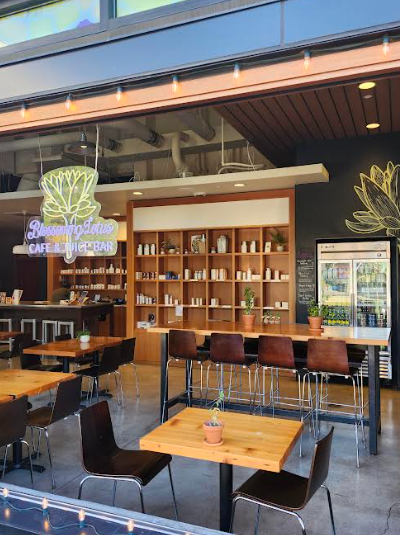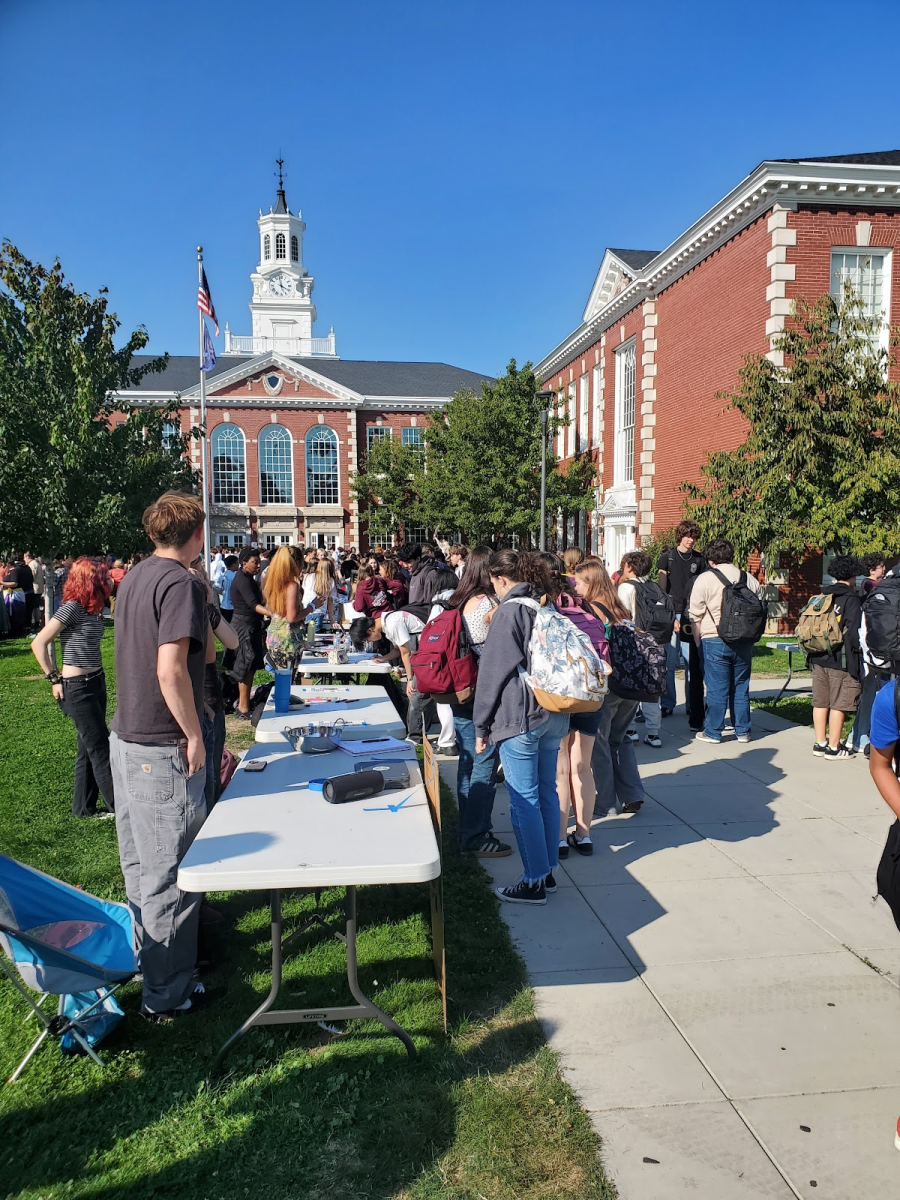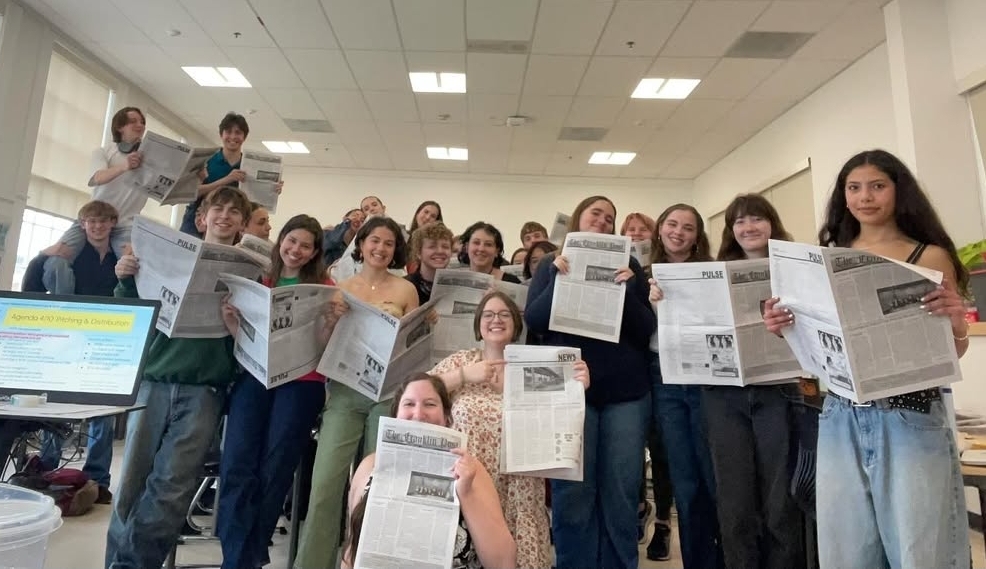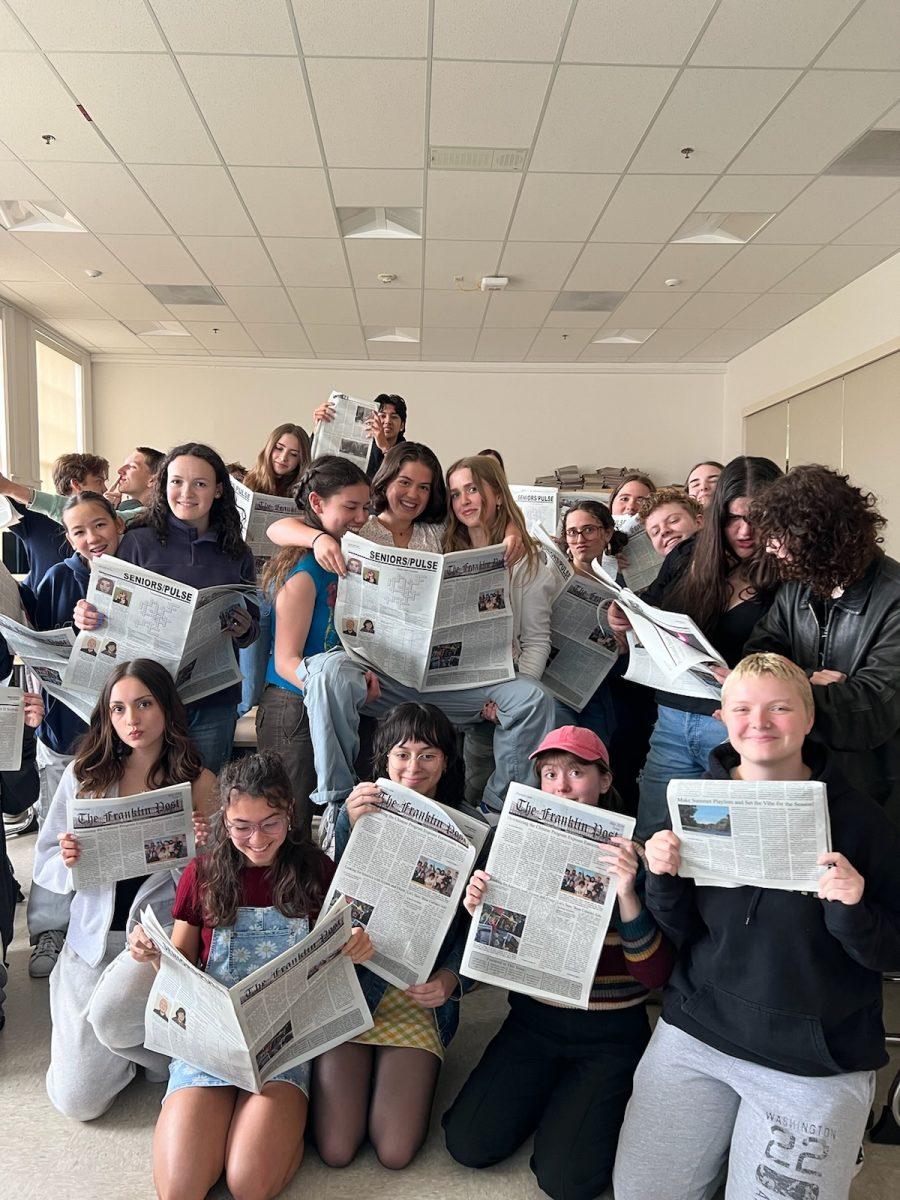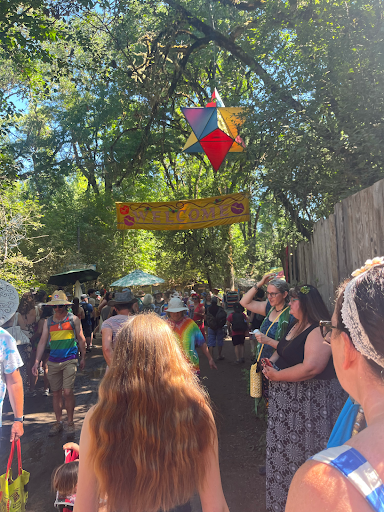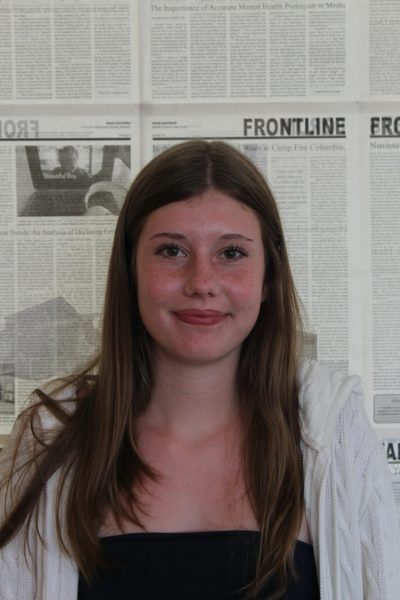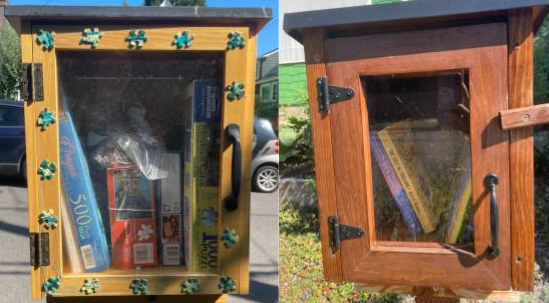
Using just scraps of wood and a passion for reading, Todd Bol constructed the first Little Free Library 16 years ago in Hudson, Wisconsin. The small model took the shape of a school house, and served as a memorial to his mother who had been a schoolteacher. Bol’s neighbors, admiring the work on his library, began building libraries of their own with the intention of spreading free books around their neighborhood. Bol’s idea soon took off, and along with his new partner, Rick Brooks, the two were inspired by the “take a book, leave a book” philosophy that was common within coffee shops, where there would be a collection of books any customer could either take or leave to continue the cycle. Along with this, they also found inspiration in the early 20th century philanthropist Andrew Carnegie, who funded libraries across the country, inspiring Brooks and Bol to set their own goal of surpassing 2,508 Little Free Libraries by the end 2013. This goal was surpassed in August 2012, a year and a half before their target date according to the Little Free Library website.
In the years since then, Little Free Libraries have become prominent. The number of Little Free Libraries you can see on a walk around Southeast Portland will give you a good idea of their expansion throughout the country. Kim Olsen, a Portland resident and owner of a Little Free Library, said she “was [inspired] by how many we have in our own neighborhoods in Portland and how creative people get with the building materials they use … and the creative ways they paint them.” The variety of libraries throughout the city can be eyecatching, with some resembling the original model of a schoolhouse like Bol’s, and others inspired by pop culture or designed straight from the creator’s imagination. Scattered across Portland, some take the shape of a police box, whereas another has an “Alice in Wonderland” theme. Each creator and designer injects some of their personality and interests into their own Little Free Library.
The biggest benefit of Little Free Libraries, however, is the local and free access to books they provide, and the community they create. Cultivating joy through books and reading, creating connections with others in your neighborhood, and providing accessible use of books for anyone who may not have access is ultimately beneficial to everybody involved. Ele Haugo, president of the Franklin Book Worms Club, commented that “their value is that they’re little or subtle testaments to kindness and connection among strangers and that it’s a little bit of fun in everyone’s life.” A child walking through their neighborhood might pass a Little Free Library and pick up a book that sparks their interest, which could trigger a lifelong love of reading — exactly how Haugo described learning about them. “I discovered [the Little Free Libraries] just by seeing them around my neighborhood, my parents are big readers so we always used to stop by on our walks when I was little,” she stated.
According to the Little Free Library website, “We are facing a growing literacy crisis in the United States, more than 30 million adults cannot read or write above a third-grade level.” This access to free books across the country has the potential to improve literacy nationwide by allowing children and adults to exchange and find them without the worry of cost. Not only do they help spread literature, but they also bring together communities. The beginning of the COVID-19 pandemic prompted the creation of a variety of new Little Free Library-inspired boxes and models, this time not of books, but of canned goods, toilet paper, and cleaning supplies, according to CNN. These boxes could be accessed by anyone who needed basic hygiene products or food, providing support during difficult periods of time when Portlanders were unsure of what the future could hold.
Small testaments to neighborhood communities and connections — whether that’s through medical supplies or a good book — show where Little Free Libraries shine. When neighbors trade books with other neighbors all for the benefit of reading, it can create a shared space where generosity and curiosity in reading and storytelling are valued to their fullest.
